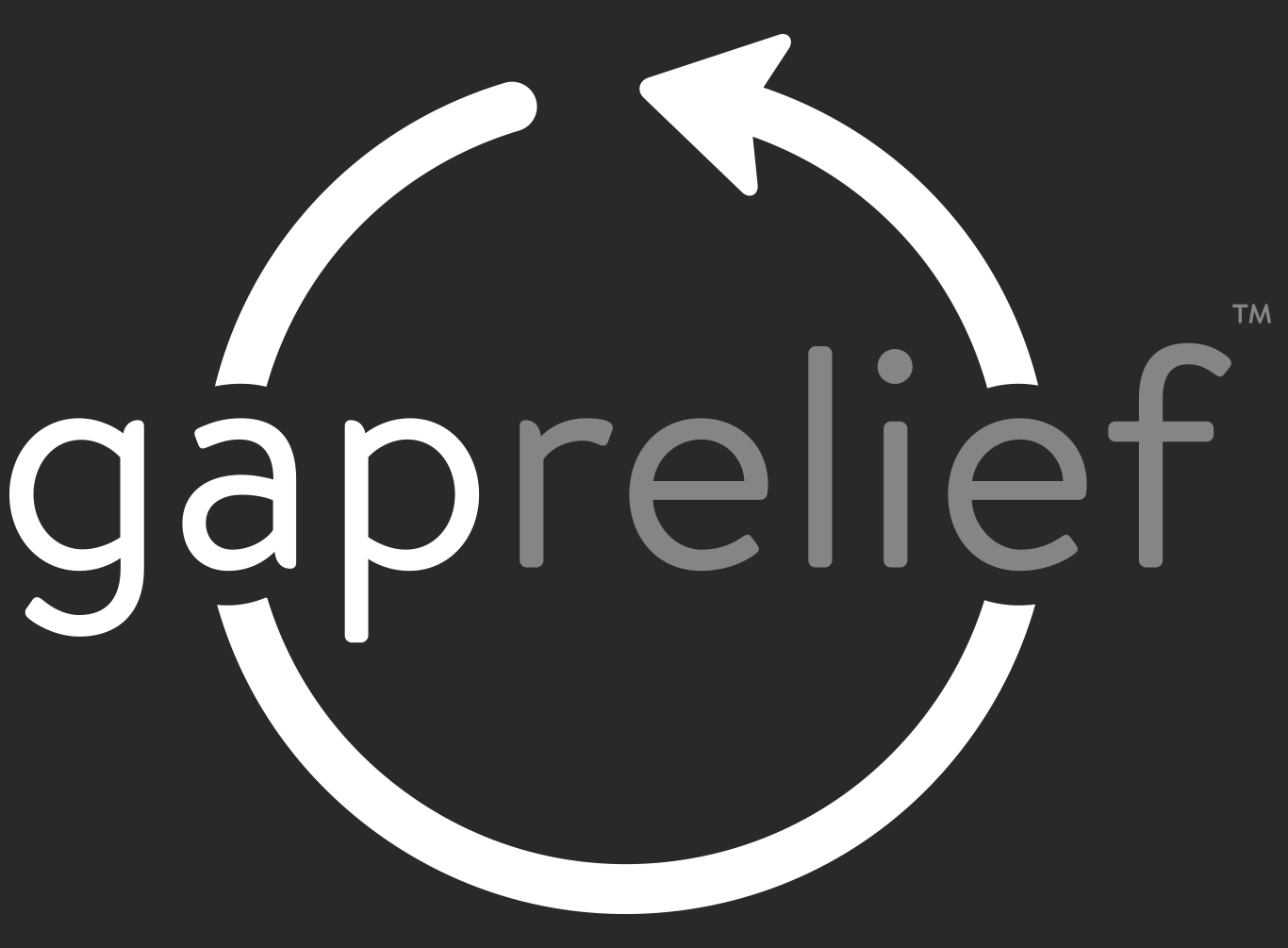Navigating Holiday Overwhelm in a Trauma-Informed Way
We all know the holiday season can be filled with magic, connection, and joy. It can also be filled with tension, conflict, and heartbreak. This is especially true for our community servants standing in spaces of hardship and trauma to keep those around us safe. We are of course talking about people like first responders, healthcare workers, the adoption community, nonprofit leaders, educators, and other helpers vital to the communities they serve. We’re talking about those of us who often find ourselves trading a “typical” holiday season for a trauma-informed one.
As helpers, our eyes naturally go outward versus inward; often looking at the people around us instead of ourselves or our own interests. During the holiday season, this can cause teachers to be highly aware of their students spending extended time at home where they may not have adequate resources or even feel safe. It can mean healthcare workers and counselors are sitting with patients and clients who are struggling with triggers that bring all of their trauma to the surface. Instead of seeing people with joy on their faces during the holiday season, first responders often find themselves serving people on the worst day of their lives. In addition to these realities, we helpers are often navigating our own pain, stress, and trauma during this season.
In the midst of the hard that the holiday season often brings, it becomes difficult for community helpers to find space to breathe, recover, and put our oxygen masks on first in order to keep going. As we see the stress levels around us go up during the holiday season, the natural instinct is to reach more and to help more–which is counterintuitive to what is actually needed in order to remain sustained through the season. Helpers need space, time, and rhythms of rest and joy in order to recharge, process, grieve, and carry out our missions. This might look like intentional space to slow down and lean into our own care. This may look like counseling, spending time with people that can hold our arms up, and rest. It looks like spending time with people who feel like recovery instead of those who feel obligatory.
Helpers spend most of our time looking at darkness and hardship, and this holiday season we need to spend intentional time looking at people and things that feel like light. We need to be aware of our bodies and where we are holding our stress. Being intentional to scan our physical selves and move in a way that brings healing is imperative to the rest and recovery that helpers need in the holiday season to carry out our missions through the rest of the year.
One of the difficulties that comes with these needs is the ability to communicate them to others. Community servants are often high-capacity people who can go long periods of time without pausing for recovery. As helpers ourselves, we need to remember to notice our needs and say them out loud. Instincts can tell us that as we see the high needs around us, we should not add to these needs with more of our own. The important thing to remember is that when we can share and confess where we are at, co-regulation can occur where those around us feel less alone in their own stress and we can feel like we are in it together.
As unbelievable as it can seem, the simple act of communicating our needs can begin to reduce stress levels, even without physical “help.” Studies show that test subjects working through stress alone burn up to six times more glucose than subjects working through stress with another person. When confessing pain and stress aloud, the part of our brain that puts energy toward survival begins to move some of that energy toward the part of our brain that lends itself to thinking and processing, allowing us to keep doing what we do best: helping others. Simply inviting someone else into our pain is enough to begin healing.
So what does a healthy holiday season look like for helpers? It starts with intentional awareness of our condition. Taking the time to do regular scans of heart, body, mind, and soul and asking the questions “What am I thinking? Feeling? Noticing in my body? Noticing and telling myself ABOUT myself in this season?” Reminding ourselves that we are loved, valued, and that we matter is an integral part of remaining healthy when we may not get that feedback from the people we serve. A healthy holiday season looks like reminding ourselves that intentionally allowing ourselves to experience the joy and magic of the season is not peripheral to the needs around us. It is a necessary part of the healing and wholeness we need to keep going.
The holiday season is bright and wonderful, but it is short. If it weren’t, it wouldn’t be as special as it is. Taking the time within this season to set boundaries about how much time we spend with the hardship that we normally face day-in and day-out is healthy in order to do what we do best during the rest of the year.
It is not selfish. It is not wrong. It is necessary in order to serve those who depend on us.
The holidays can be so special for helpers. We can see really beautiful things around us if our eyes are open to them. The intentionality of keeping our eyes open to what we might see, whether that is within our own homes, families, jobs or in the community at large, is so GOOD. It helps us even to see the other helpers standing in the fire alongside us fighting for their own rest and recovery. Keeping awareness of the beauty and joy of the holidays can hand us so much healing and growth we need desperately to be the helpers we were made to be.

